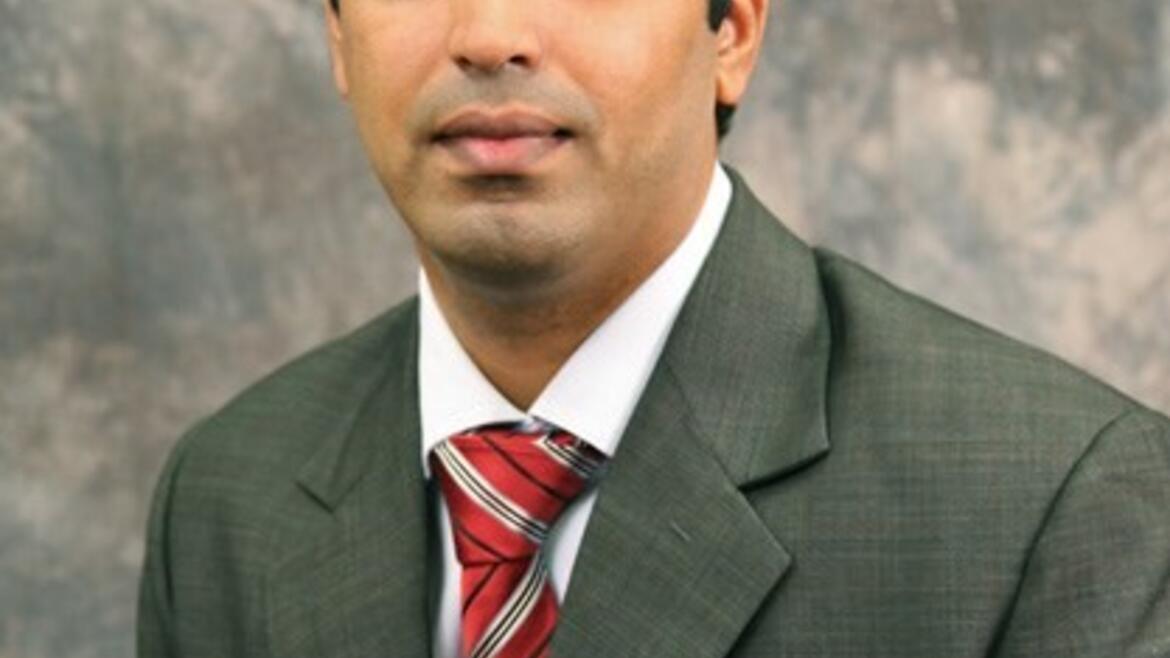Colloquium: Kiran Solanki

On Stress Corrosion Cracking Mechanisms in Iron: A Multiscale Perspective
Dr. K. N. Solanki
Assistant Professor
School of Engineering of Matter, Transport, and Energy
Arizona State University
Material strengthening and embrittlement are controlled by intrinsic interactions between various defects, such as dislocations and hydrogen that alter the observed deformation mechanisms of the material. Here, we present a hierarchical approach to differentiate two fundamental stress-corrosion mechanisms for hydrogen embrittlement in iron, namely, hydrogen-enhanced localized plasticity (HELP) and hydrogen enhanced decohesion (HED). In HELP, (1) dislocation mobility increases significantly with an increase in hydrogen concentration; (2) hydrogen reduces dislocation-dislocation interactions (i.e., increase in dislocation pile up); and (3) hydrogen interacts with other defects and changes the dislocation pinning strength of those defects. In HED, it is widely believed that an increase in hydrogen concentration results in cleavage-type decohesion. This talk will be focused on assessing several key mechanistic aspects of hydrogen embrittlement and developing continuum scale models for simulating structural integrity under dynamic loading conditions. In particular, using density functional theory, atomistic simulations, cohesive zone modeling, and extended finite element analysis, the deformation behavior and the underlying mechanisms of hydrogen embrittlement will be discussed in an effort to shed light into the phenomena observed in various experiments.
Dr. K. N. Solanki is an Assistant Professor in the School of Engineering of Matter, Transport and Energy at Arizona State University. Prior to coming to ASU, he was an Associate Director for the Center for Advanced Vehicular Systems at Mississippi State University. Dr. Solanki received his Ph.D. from Mississippi State University in December 2008. Dr. Solanki's research interest is at the interface of solid mechanics and material science, with a focus on characterizing and developing microstructure- based structure–property relationships across multiple length and time scales. To date, he has coauthored 50 journal articles, four book chapters, and 35 conference proceedings with faculty and students at ASU and MSU. In addition, his paper published in Engineering Fracture Mechanics was recognized as one of the most highly cited papers from year 2002 to 2005. For his efforts to promote the education of engineering students in the area of fatigue technology, he was awarded the SAE Henry O. Fuch Award by the SAE Fatigue Design & Evaluation Committee. In 2011, Dr. Solanki received TMS Light Metals Magnesium Best Fundamental Research Paper. Award for his work on predicting deformation and failure behavior in magnesium alloys using a multiscale modeling approach. Recently, he received the 2013 TMS Light Metals Division Young Leader Professional Development Award, the 2013 Air Force Office of Scientific Research Young Investigator Research Award, and the 2013 ASME “Orr Award” for Early Career Excellence in Fatigue, Fracture, and Creep. (see, multiphysics.lab.asu.edu)